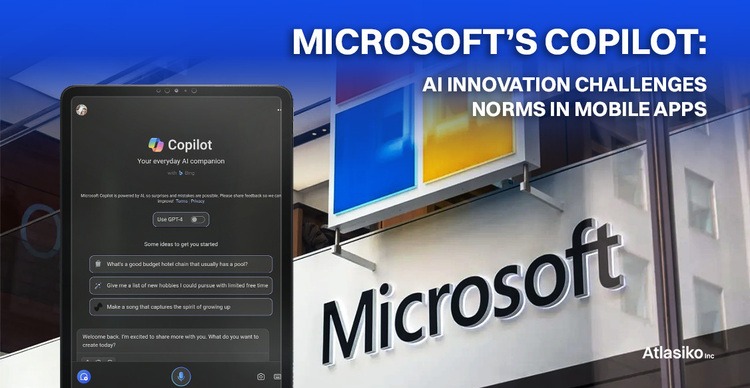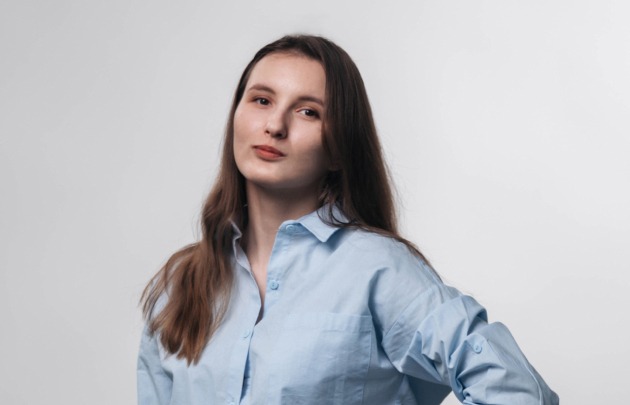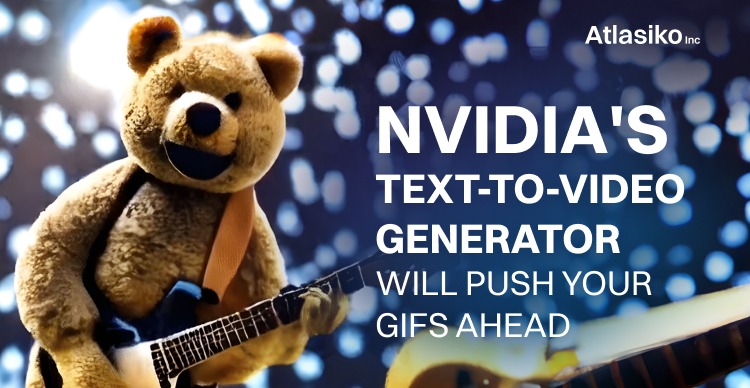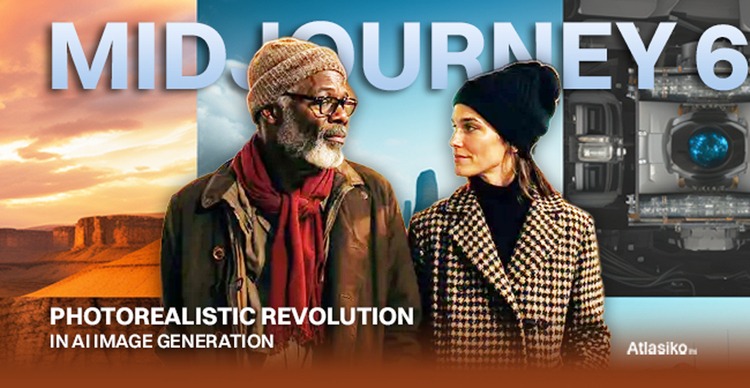Nvidia has demonstrated impressive technology in the text-to-video generator field, which can take animated GIFs to the next level. The "High-Resolution Video Synthesis with Latent Diffusion Models" micro-site and research paper from Nvidia's Toronto AI Lab show wonderful video creation tools that are about to join the burgeoning list of the top AI art generators.
The Latent Diffusion Models, or LDMs, are a kind of AI that can create videos without requiring great computing power. Nvidia's technology relies on the work of text-to-image generators, such as Stable Diffusion, and also adds a temporal dimension to the latent space diffusion model. The generative AI can induce immobile images to move realistically and improve them utilizing super-resolution techniques, which means it can make both short 4.7-second long videos with a resolution of 1280x2048 and long at lower resolution of 512x1024 for driving videos.

While the technology has more significant consequences, such as the democratization of video creation and likelihood of automated film adaptations, it is most exciting for text-to-GIF applications. Easy prompts, for example, “a stormtrooper vacuuming on the beach” and “a teddy bear is playing the electric guitar, high definition, 4K” make attractive usable outcomes, although there are artifacts and morphing in certain creations.

Nvidia's text-to-video technology is currently best suited for thumbnails and GIFs, but with the quick advancements seen in Nvidia's AI generation for longer scenes, longer text-to-video clips will soon be accessible in stock libraries and everywhere.
Nvidia is not the only company to showcase AI text-to-video generation technology. Recently, Google Phenaki revealed its potentiality for 20-second clips developed on longer prompts. Runway announced its Gen-2 AI video model as well. Besides, Adobe Firefly also demonstrated how effortless AI is going to make video editing, and soon the company will allow users to type in the time of day or season they want to see in their video, and just wait for Adobe’s AI result.
Although full text-to-video generation is still in a bit vague state and frequently generates bizarre, dreamlike, or warped outcomes, the recent demonstrations from Nvidia, Google, and Runway show that it is rapidly improving.
You can be more informed about recent novelties in IT by reading our report on Microsoft’s AI image generator right on Edge’s sidebar.
Also, we wrote about Bing’s AI chatbot that comes with image generator.
We propose you read about Amazon’s innovation for the creation of next-generation embodied AI agents.







